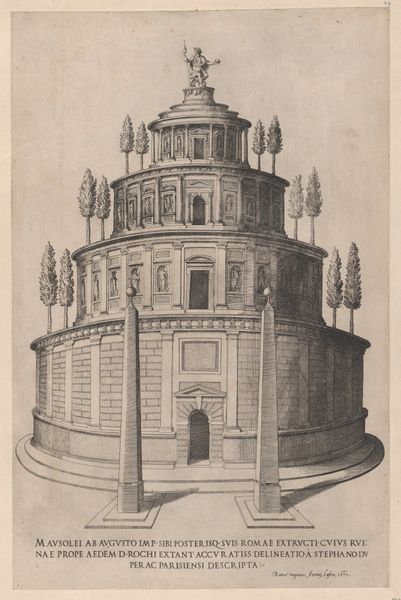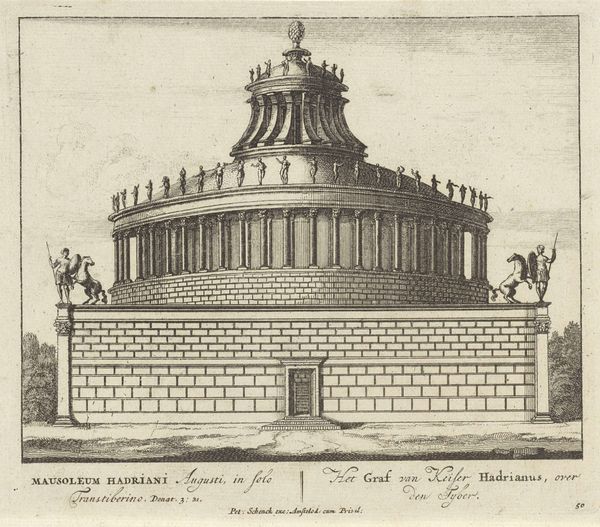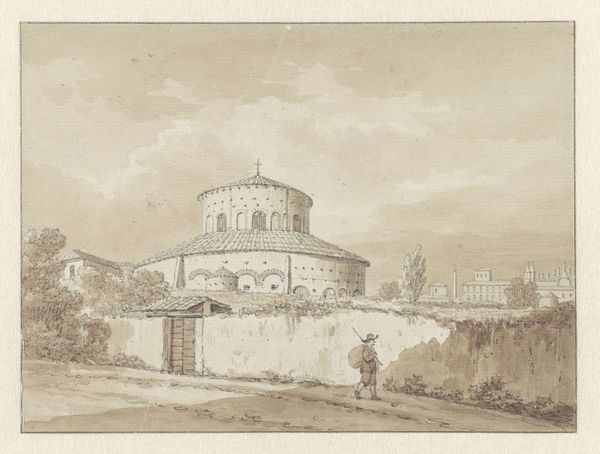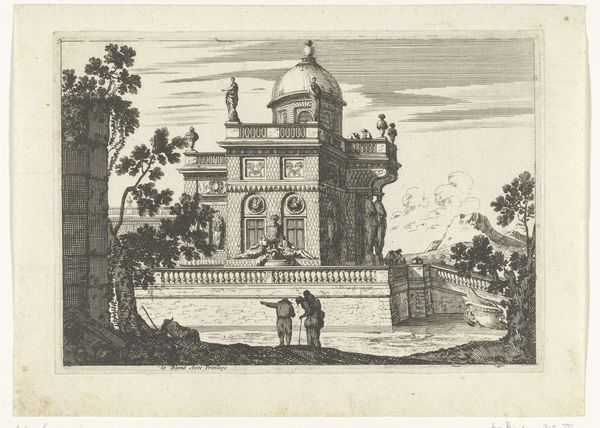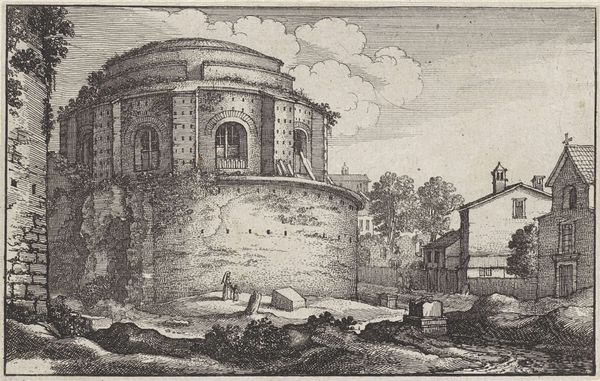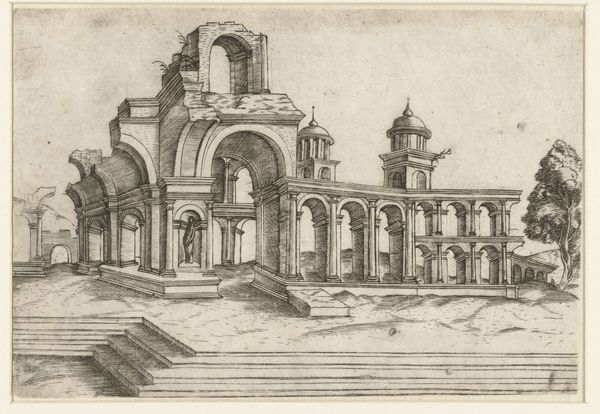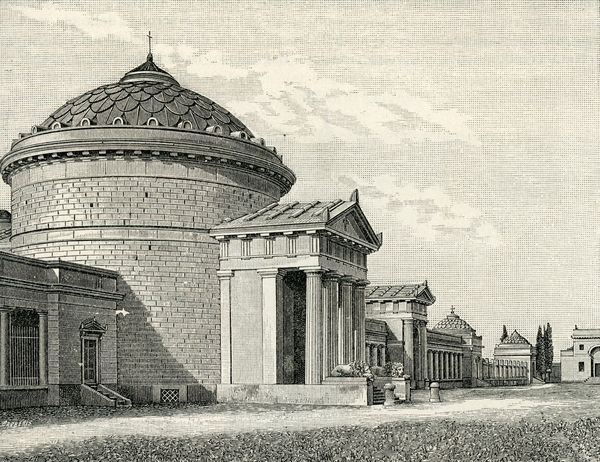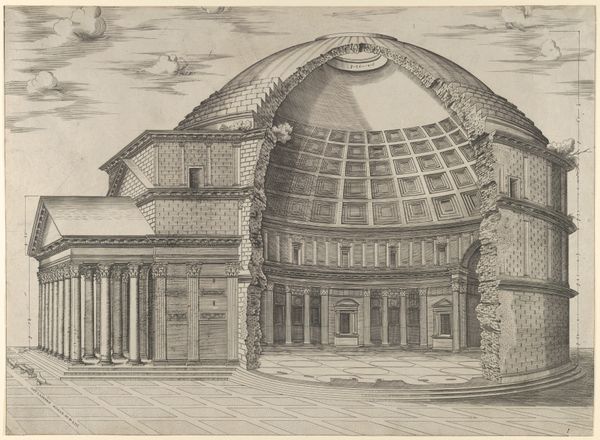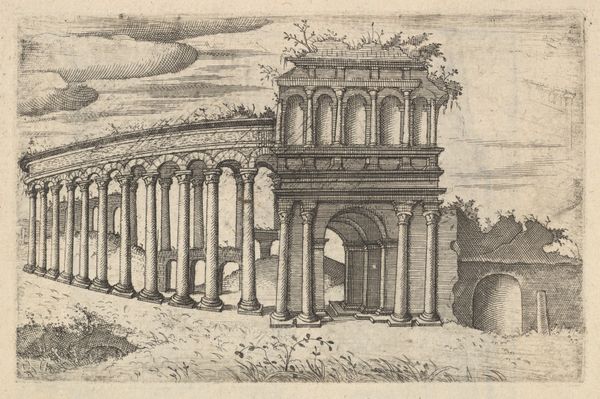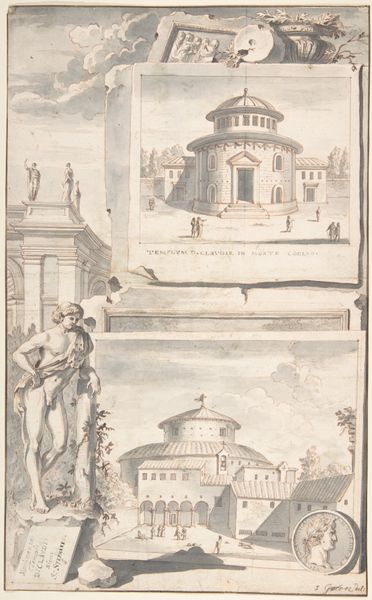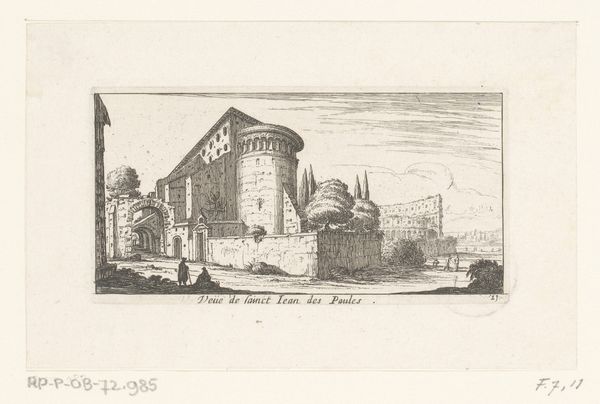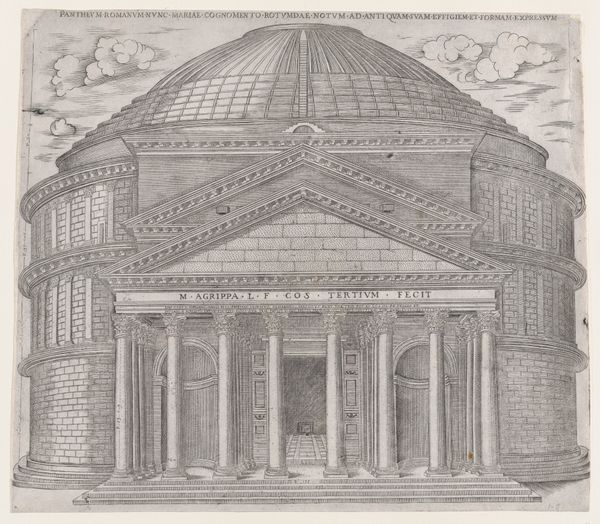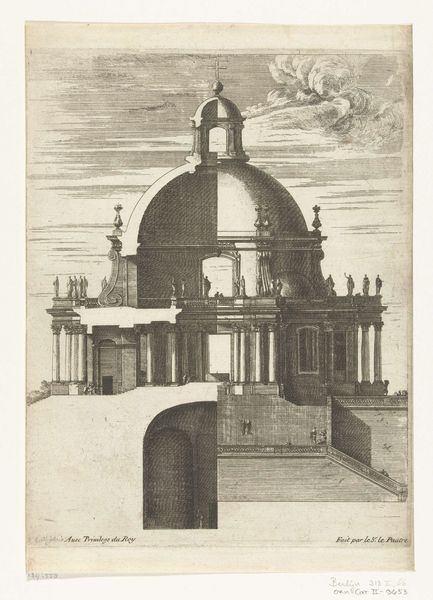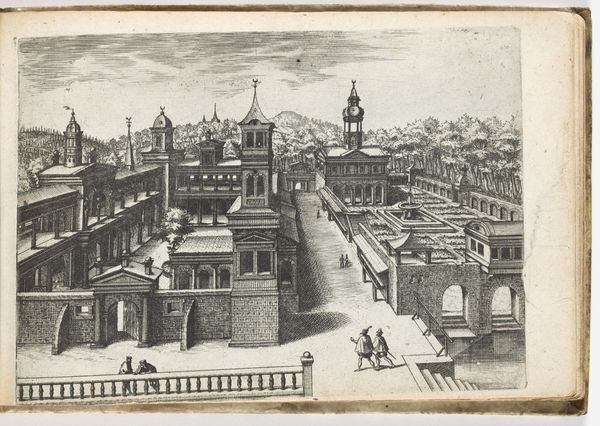![Building [Aerarii Publici Rome] from the series 'Ruinarum variarum fabricarum delineationes pictoribus caeterisque id genus artificibus multum utiles' by Lambert Suavius](/_next/image?url=https%3A%2F%2Fd2w8kbdekdi1gv.cloudfront.net%2FeyJidWNrZXQiOiAiYXJ0ZXJhLWltYWdlcy1idWNrZXQiLCAia2V5IjogImFydHdvcmtzLzg0MGU1YWFjLTdmNzgtNGRhYy1hMjU2LWU1M2NkYTZjZWQ4ZS84NDBlNWFhYy03Zjc4LTRkYWMtYTI1Ni1lNTNjZGE2Y2VkOGVfZnVsbC5qcGciLCAiZWRpdHMiOiB7InJlc2l6ZSI6IHsid2lkdGgiOiAxOTIwLCAiaGVpZ2h0IjogMTkyMCwgImZpdCI6ICJpbnNpZGUifX19&w=3840&q=75)
Building [Aerarii Publici Rome] from the series 'Ruinarum variarum fabricarum delineationes pictoribus caeterisque id genus artificibus multum utiles' 1554
0:00
0:00
drawing, print, engraving, architecture
#
drawing
# print
#
geometric
#
cityscape
#
italian-renaissance
#
engraving
#
architecture
#
building
Dimensions: Plate: 3 3/4 x 4 13/16 in. (9.5 x 12.3 cm) (uneven plate)
Copyright: Public Domain
Curator: Lambert Suavius created this engraving, "Building [Aerarii Publici Rome] from the series 'Ruinarum variarum fabricarum delineationes pictoribus caeterisque id genus artificibus multum utiles'" around 1554. It’s currently held at the Metropolitan Museum of Art. Editor: The weight! The sheer mass of this building portrayed in such meticulous lines. It feels incredibly solid, monumental. There's an almost oppressive quality to its geometrical precision. Curator: Well, the series explores ruins. I think understanding Rome in the mid-16th century provides context. Consider the Catholic Church's influence and its role in constructing powerful imagery to consolidate power. This is architecture as visual propaganda. Editor: I see your point. Yet, purely formally, note the contrasts. The circular building opposes the strong horizontal lines and right angles of the foreground structure. How do these shapes speak to each other, in terms of creating balance? Curator: For whom is this balance achieved, and at what cost? The ruins often romanticized colonial projects through the subjugation of local culture to European visions of history and urbanism. It's no accident that depictions of monumental buildings supported ideologies of empire and domination. Editor: While recognizing this colonial association, may I just add something relating to technique? I am impressed with Suavius’ skill in the depiction of shadow with what are purely mechanical means. Observe the interplay of light and shadow and his consistent lines of varying density creating form! Curator: Absolutely, his technique reinforces the building’s monumental quality. I also suggest examining the intended audience – primarily painters and artisans – as revealed in the unwieldy full title! This building becomes a model, suggesting power and authority, ready to be replicated and reimaged in the context of an expanding Europe. Editor: It seems we have both appreciated this Italian Renaissance cityscape. Seeing how he captures that moment makes it feel alive, albeit within specific stylistic and ideological boundaries. Curator: I agree. His technical skill, seen within the wider historical context, gives it more dimension, and encourages us to be aware of its lasting impact.
Comments
No comments
Be the first to comment and join the conversation on the ultimate creative platform.
